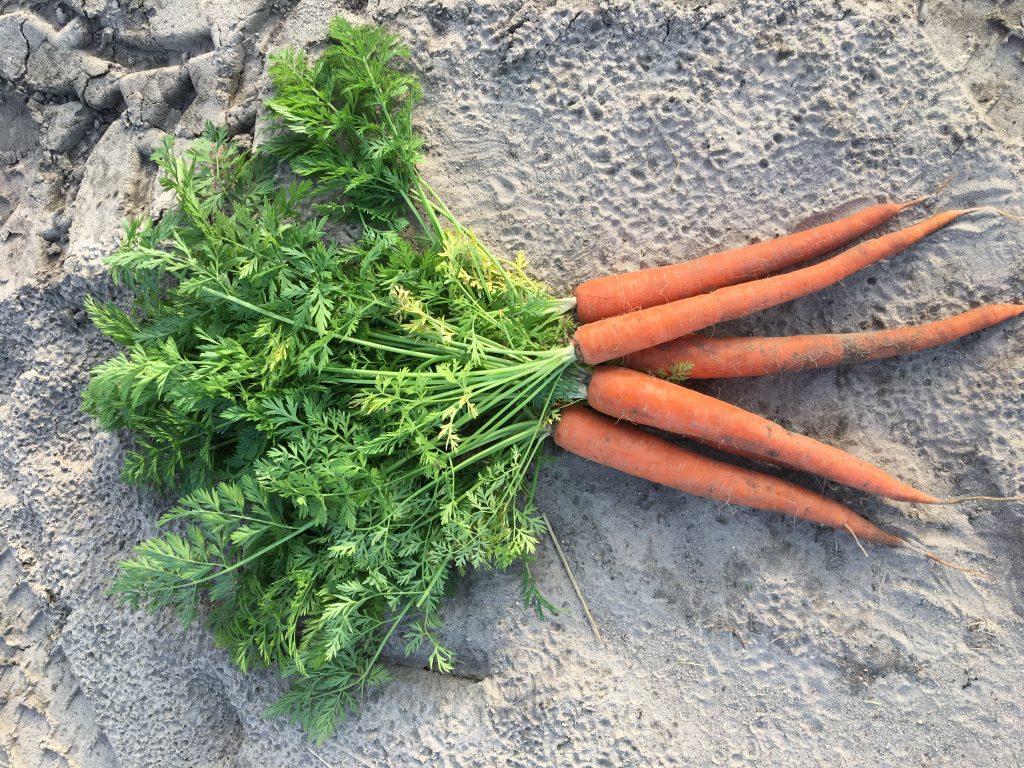
By Clint Thompson
A week removed from one of the worst freeze events in recent memory in the Southeast, vegetable growers are resigned to the reality their crops were devastated by consecutive days of sub-freezing temperatures.
Tim Coolong, associate professor in the University of Georgia College of Agricultural and Environmental Sciences, talks about the devastation, most notably in green production.
“Tim Flanders down in Tifton sent me some pictures a couple of days after it happened of some cabbage. The outside didn’t look too bad, but if you cut it in half, you could see where it had frozen solid. By this point it probably looks pretty bad,” Coolong said. “Ty Torrance sent me some broccoli pictures where that wasn’t going to make it.
“Andre da Silva sent me some pictures of carrots over in South Alabama, 600 acres worth. The foliage got hammered, it was gone. But they were resprouting new leaves. I think in that case something like a carrot might get through it, depending on how far along they were, because they will put out new foliage. It’s a matter of are you going to have a lot of disease after that? They might be okay, but all of the greens, the pictures I got look like they’re toast.”
The main factor that affected all specialty crops were the consecutive days of sub-freezing temperatures. It wasn’t just a one-night event that the vegetables were exposed to. It was multiple days of temperatures in the 20s that proved too much for the vegetables in the field.
“Two or three hours of 15 degrees (Fahrenheit) is one thing, but if you’re below freezing for a whole day and it allows that vegetable to freeze solid, then that’s a problem,” Coolong said.









